Sign up to our mailing list for the best stories delivered to your inbox.
Plus, the outback gardener shares her tips for new tools, hydrangeas and planting in spring.
WORDS CASSANDRA HOOKE PHOTOGRAPHY EMMA CROSS
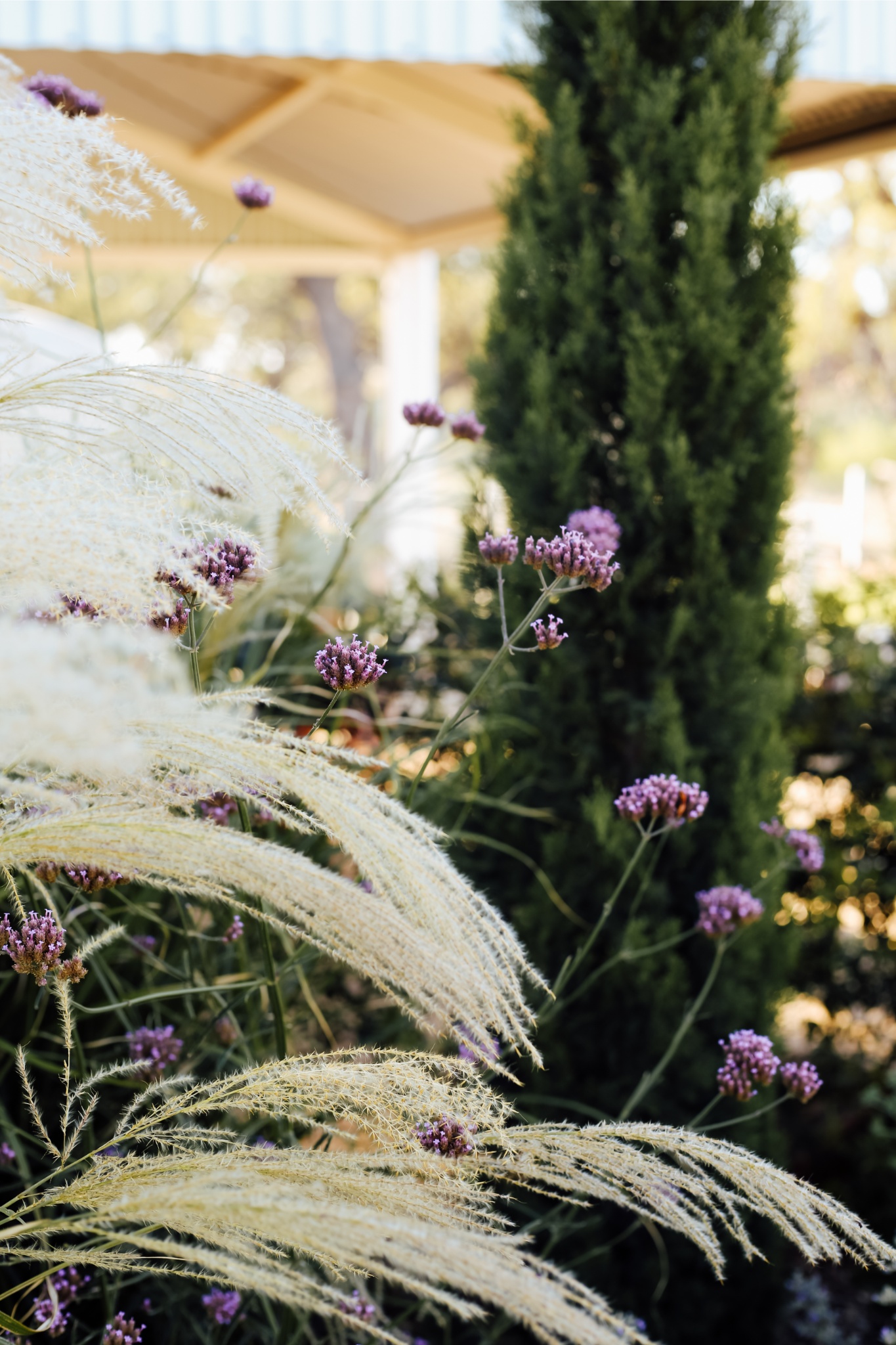
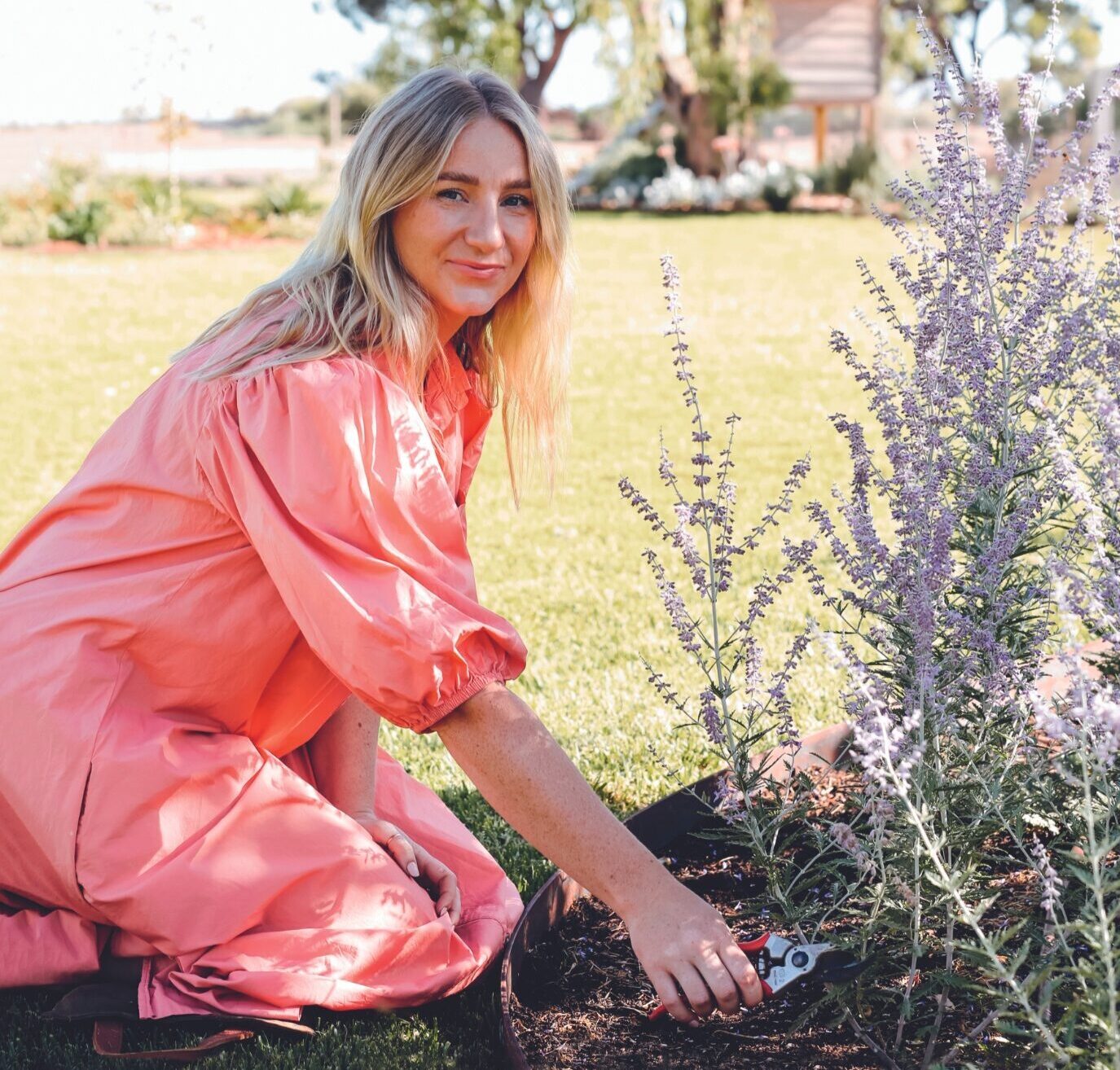
I’m a big fan of herbaceous perennials: they are some of the most-used plants in my garden and they have been having quite the moment in the spotlight recently.
Perennials are plants that live longer than two years, and herbaceous perennials are the ones you’re most likely to think of, such as nepetas, sedums and salvias. These plants go dormant over winter, with roots and shoots surviving underground ready to reshoot in spring, when warmer soil temperatures and longer days return. Herbaceous perennials flow with the seasons and signal the changes for outback gardeners like me.
Modern perennial garden designs mimic natural landscapes and are allowed to grow untamed and clustered. I try to balance them out with evergreen structure to avoid having a completely bare garden in late winter, due to the dormancy of these plants.
I’m currently restraining myself from pruning all my herbaceous perennials as, even though they are turning the colour of earth, they still hold a significant structure and position in my garden. They are also beneficial to wildlife and some have particularly beautiful seed heads that remain long after the foliage has withered away.
I prune them back when it’s time to weed, fertilise and mulch around them, and when there are sure signs of new growth from the crown or shoots from the bare stems.
Perennial plants are quite quick to establish, unlike some evergreens, so gardeners quickly reap the reward of planting them. They are also usually relatively easy to propagate. Sometimes it is as simple as splitting the root ball in half with a spade and replanting both plants. Most herbaceous perennials do require reasonable soil quality and drainage, but are quite resilient and tough once they are established.
With early spring just around the corner, I will be planting out more perennials as I extend my garden out beyond the current fenceline — I’m always planning something!
Cassandra talks to Graziher’s Life on the Land about her love of gardening. Q&A continues below.
We have just moved out of town and fenced off an area just under a hectare which I plan to make a garden. What tools would you suggest for someone starting out a large garden? Think bed preparation, weeding, planting small and more established trees and plants, and vegie patch maintenance.
Hayley Torpy, Mena Park, Victoria
The right tools make any job not just more efficient, but also more enjoyable. A Japanese weeding hoe is an unmatched weeder that can be used to free roots from the soil with minimal effort or easily scrape away lots of little germinated weeds. It’s more efficient and effective than hand-weeding and a great step up from the butter knife I used to use. My Hori Hori digging knife is used to dig, weed, cut open bags of garden soil and measure depths of planting. My Graziher colleague, Claire Austin from the Gin Gin Garden Club, stocks both.
Every gardener needs a spade. I like a lighter metal-handled spade to avoid the risk of breaking it in our clay; it also seems to withstand my poor outdoor storage conditions. If you have hard compacted clay and plan to plant larger trees, you may need a crowbar, especially in a large garden where you are trying to improve drainage and incorporate organic matter.
Essential for this time of year, a sharp pair of secateurs will allow you to cleanly prune back evergreen vines and shrubs and create new plants for your garden via propagation. I wouldn’t be a gardener without a trusty pair of secateurs and in my eyes the best brand is Felco, with its distinctive red handles.
A recent gift from my eldest brother was a small battery-run hedger. This makes the task of pruning a lot easier, but it does take practice to ensure you don’t accidentally take off the corner of a sphere. I use it to shape hedges and to prune soft herbaceous perennials as well as ornamental grasses.
For planning and marking out a large garden, a measuring wheel is very handy. It’s not essential, but I’ve used mine many times and loaned it to others. An good alternative to a measuring wheel would be a very long tape measure.
Lastly, you need a great pair of gardening gloves. My favourite for the past 18 months has been a pair of Enviro Bee zero emission gardening gloves by Garden Keepers Australia. I’ve had no other gloves last this long, be so comfortable and still be in great condition after so much use. Not one hole in sight, even with long fingernails!
I have a row of five beautiful mophead hydrangeas set back nearly a metre from the bluestone retaining wall in a mulched bed in our terraced back garden. I think we can do better than metres of mulch and would love some suggestions on planting out the ‘front row’ of the bed. It gets good sun in a fairly protected location. There are buxus balls nearby and the rest of the garden has a bit of a Japanese feel with maples, rhododendrons and camellias. I’d like to add some texture and movement.
Rose Montave, Double Bay, NSW
First, can I sigh in jealousy? I dream of growing a bountiful number of hydrangeas! This is a frivolous dream in my semi-arid location, but I’m giving it one last go in the shady, protected corner of my vegetable patch in a purpose-raised garden bed. For others with a similar climate to mine, I suggest trying a similar raised bed in a spot that receives morning sun and afternoon shade and has protection from hot summer winds.
But back to your question: you need to choose plants that need similar growing conditions to hydrangeas and that will work together aesthetically with both the hydrangeas and your garden in general. You might plant Pratia (also known as Lobelia), Ajuga (bugle plant), Dichondra sp., Bergenia sp., Persicaria affinis, Triteleia sp., hostas, Ligularia (leopard plant) or heucheras. Buxus is a classic companion to hydrangeas and will provide evergreen structure while hydrangeas are in their dormant skeleton stage over the winter months.
If I could add further to my hydrangea dreams, I’d suggest adding white or pink flowering Japanese windflowers to the planting scheme, giving an ethereal floating of delicate petals around your hydrangea plants to add to the charm. I’ve had no success in growing these plants out here either — my garden gets simply too hot and windy — but I have seen many gardens that do feature these flowers.
Paul Bangay has a magical ‘white garden’ at Stonefields, with a combination of hydrangeas, windflowers, pleached hornbeams, buxus hedges, tulips, lilies and other white-flowering plants. I’d recommend his fabulous book Stonefields by the Seasons (Penguin, 2020) to any garden lover.
I’d love some recommendations for flowering groundcover plants that will grow quickly and are tough. It’s so hard to find pretty plants that survive in southern Queensland, so a groundcover that will cover a larger space between the feature trees and shrubs in my garden would be great.
Lilly Jarratt, Dirranbandi, Queensland
There are many wonderful flowering groundcover plants that I would recommend. Groundcovers are fabulous for minimising weeds as they limit the availability of soil and sunlight to any weed seeds wanting to germinate in your garden. They are great for gardens with children as they withstand trampling well. In exposed gardens they can protect upright shrubs from wind damage. They also help keep soils cool, essentially acting as a living mulch.
I like to plant groundcovers for all of the above reasons, but also to give the appearance of a more mature and fuller garden. It’s a handy landscaping trick that can sometimes be overlooked by amateur gardeners. Groundcovers spread by creeping along the ground and gaining extra root zones, as Myoporum does, or they can expand by clumping out little by little, like liriopes.
Some of the most beautiful and suitable groundcover plants are native to Australia. These include species such as Myoporum parvifolium (creeping boobialla), Hardenbergia violacea (false sarsaparilla), Viola hederacea (ivy-leaf violet or native violet), Chrysocephalum apiculatum (yellow buttons), Scaevola aemula (common fan-flower) and prostrate Goodenia species and grevilleas.
Some exotic planting options include Convolvulus cneorum (silverbush), prostrate rosemary, Nepeta cataria (catmint), Erigeron glaucus (seaside daisy), creeping thyme, Stachys lanata (lamb’s ear), Helichrysum italicum (curry plant), Helichrysum petiolare (licorice plant), liriopes and nasturtiums. I have no preference for either — I believe that the right plant for the right spot is the direction to take when selecting a plant for your garden.
Some of the plants above will need to be pruned to keep them dense and to limit spread, while others are more suited to part or full shade than full sun. Use the plant tag as a guide for spacing, planting them a little closer than suggested, to ensure there are minimal gaps between the plants’ growing reach.
Got a question for Cassandra? Send it to hello@graziher.com.au with “Gardening Q&A” in the subject line.
Subscribe to Graziher and never miss an issue of your favourite magazine! Already a subscriber? You can gift a subscription to someone special in your life.
To hear more extraordinary stories about women living in rural and regional Australia, listen to our podcast Life on the Land on Apple Podcasts, Spotify and all major podcast platforms.
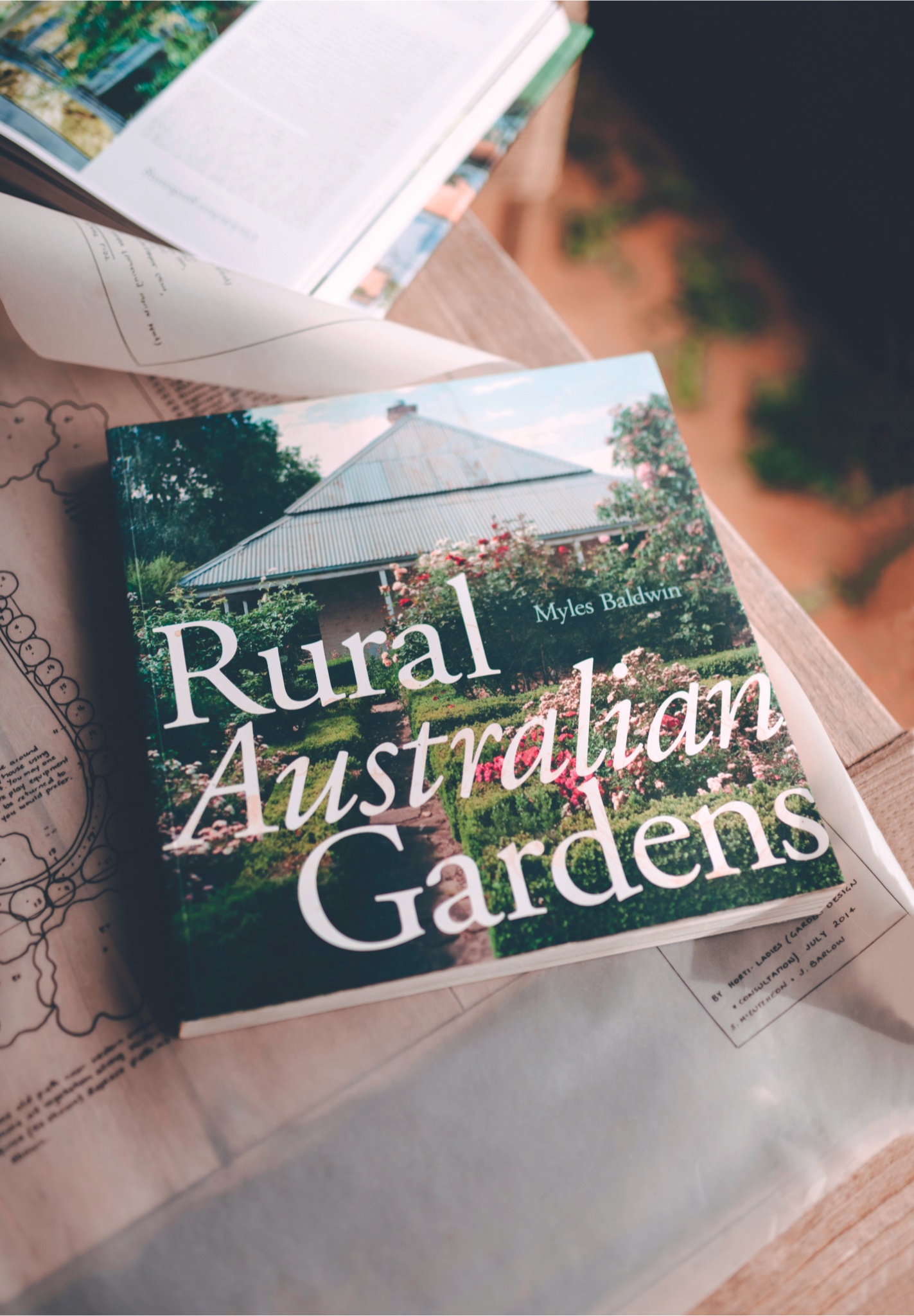
The Graziher columnist's picks range from the pretty to the purely practical.
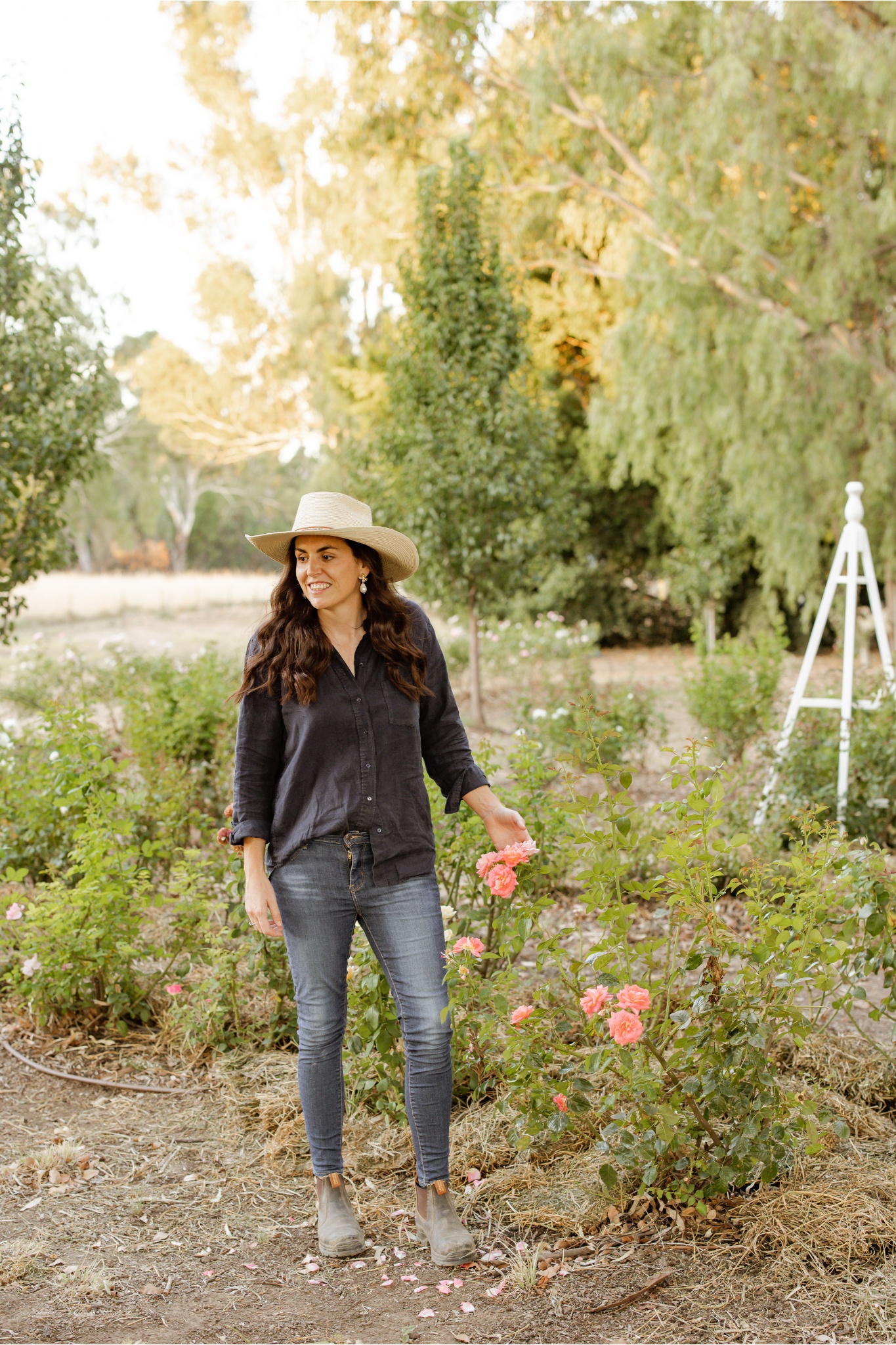
Through drought and flooding rains, Jess Taylor has created a glorious display by the Macquarie River.
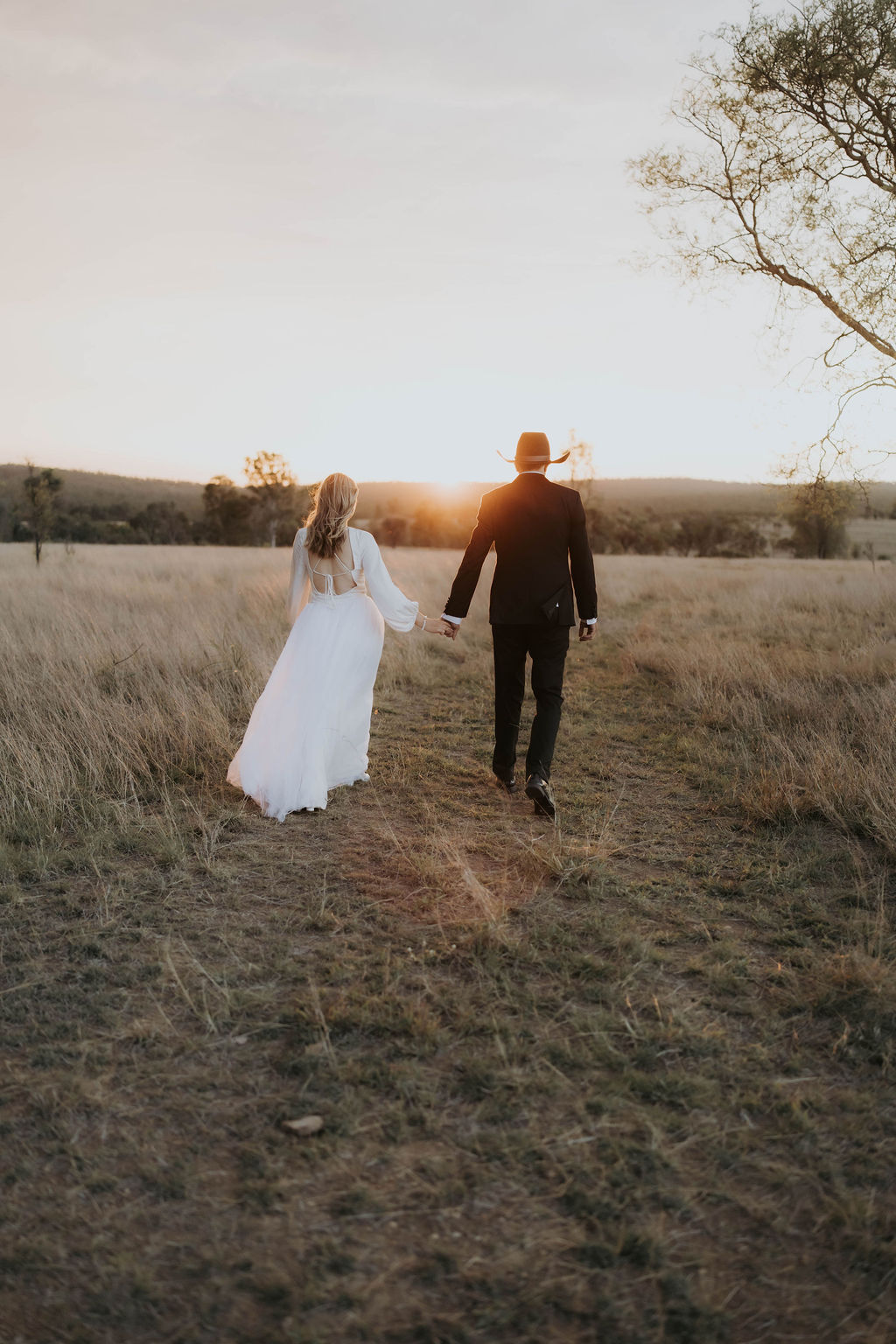
What began as a postcard-perfect country wedding soon became a story of survival, strength, and the unshakable heart of rural Australia.

Current custodian Penny Lamont says the heritage garden is designed for easy-care and dry times.